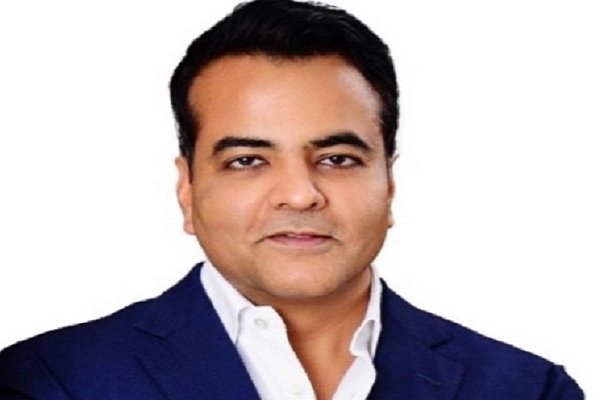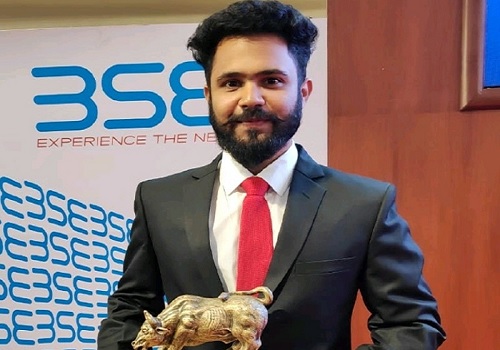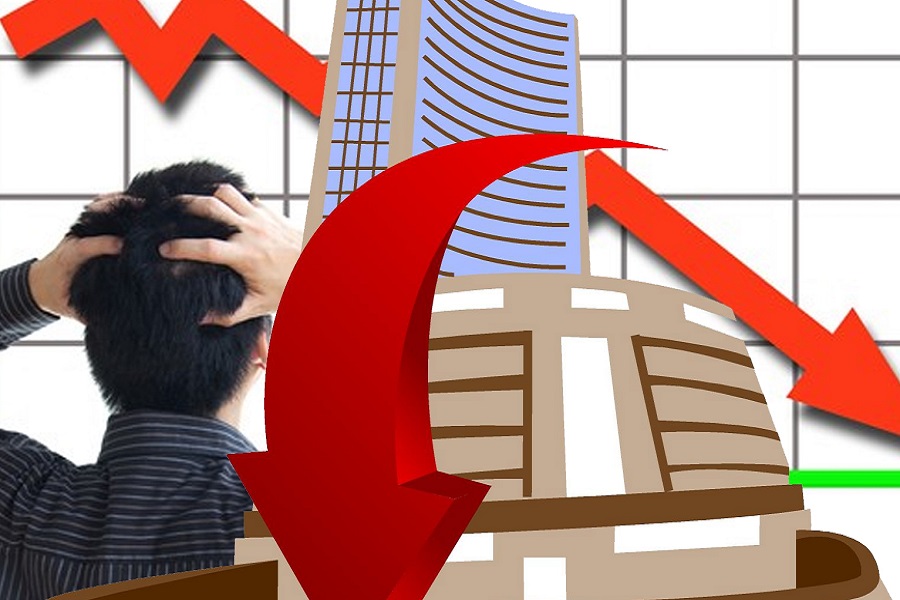Benchmarks end lower for second straight session
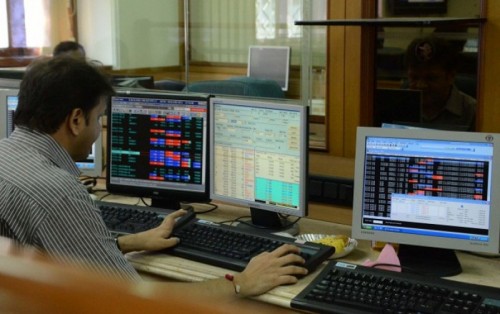
Indian equity benchmarks declined for second straight session on Thursday mirroring losses in global markets after the US Federal Reserve hinted that it may raise interest rates at a much faster pace than assumed. Equity indices started session deep in the red, as traders were concerned as India reported 62,224 new Covid-19 cases on Wednesday, taking the total to 29,633,105. The death count climbed to 3,79,573 with 2,542 fresh fatalities. Sentiments remained downbeat with a RBI article stating that bank deposits and currency holding with the public have been adversely impacted during the second COVID wave, indicating a heavy outgo towards pandemic-induced medical expenditure. Sentiments were also fragile as foreign institutional investors (FIIs) stood as net sellers in the capital market as they offloaded shares worth Rs 870.29 crore on June 16, as per provisional exchange data.
Markets magnified their losses in late afternoon session as anxiety came as the Reserve Bank of India (RBI) in its ‘State of the Economy’ report June bulletin has said that it sees reasons to be cautiously optimistic as the second wave of the pandemic seems to have hit domestic demand, while other economic indicators show the economy is coming back on stream. Traders also took a note of the commerce ministry said that sellers who do not declare local content percentage while uploading their products at public procurement portal GeM will lose out on business and will not be able to participate in bids in which buyer has chosen to procure only made-in-India items. However, key indices were eventually able to claw back some of their losses by the close, as traders found some solace with Confederation of Indian Industry (CII) stating that the country's gross domestic product (GDP) is expected to grow at 9.5 per cent in the current financial year (FY 2021-22). This will take the GDP to a level that is slightly higher than in FY20. The strong growth in the second-half will be supported by robust external demand and large scale coverage of vaccination allowing resumption of economic activity.
On the global front, Asian markets ended mostly lower on Thursday, while European markets were trading lower, as investors reacted to the U.S. Federal Reserve's comments about an earlier-than-expected timeline for a rate hike. Fed officials projected hikes in interest rates by 2023, a year earlier than expected amid the vaccine rollout. The new forecasts boosted the dollar and caused a sell-off of U.S. Treasuries. Back home, on the sectoral front, fertilizer industry’s stocks were in focus as the Union Cabinet raised the subsidies for DAP and some other non-urea fertilisers by Rs 14,775 crore to keep the price of crop nutrients for farmers low despite the rising costs. The move will also help in providing relief to the farmers amid the pandemic. Telecom stocks too were in watch as telecom gear maker Ericsson said India is likely to have 330 million 5G subscribers by 2026 and the monthly data consumption per smartphone is expected to grow over 3-fold to 40 gigabytes per smartphone.
Finally, the BSE Sensex fell 178.65 points or 0.34% to 52,323.33, while the CNX Nifty was down by 76.15 points or 0.48% to 15,691.40.
The BSE Sensex touched high and low of 52,523.88 and 52,040.51, respectively and there were 10 stocks advancing against 20 stocks declining on the index.
The broader indices ended in red; the BSE Mid cap index fell 1.29%, while Small cap index was down by 0.58%.
The top gaining sectoral indices on the BSE were IT up by 0.86%, TECK up by 0.58% and FMCG up by 0.06%, while Power down by 2.38%, Metal down by 2.16%, Realty down by 1.76%, Industrials down by 1.52% and Utilities down by 1.50% were the top losing indices on BSE.
The top gainers on the Sensex were Ultratech Cement up by 1.86%, Asian Paints up by 1.37%, TCS up by 1.34%, Infosys up by 1.13% and Tech Mahindra up by 1.04%. On the flip side, Indusind Bank down by 2.91%, Dr. Reddys Lab down by 2.17%, NTPC down by 2.13%, Maruti Suzuki down by 2.02% and Bajaj Auto down by 1.52% were the top losers.
Meanwhile, the Reserve Bank of India (RBI) in its ‘State of the Economy’ report June bulletin has said that it sees reasons to be cautiously optimistic as the second wave of the pandemic seems to have hit domestic demand, while other economic indicators show the economy is coming back on stream. It stated while the Indian economy continued to wrestle with the second wave of the pandemic ‘cautious optimism is returning’. ‘By (the) current assessment, the second wave’s toll is mainly in terms of the hit to domestic demand. On the brighter side, several aspects of aggregate supply conditions -- agriculture and contactless services are holding up, while industrial production and exports have surged amidst pandemic protocols,’ the RBI said in its report, the lead author of which is Michael Patra, deputy governor of the central bank. Citing statistical and mathematical models, the RBI said ‘greater improvement was expected by early July’.
Stressing that the speed and scale of vaccination would shape recovery, it said that the economy had the resilience and the fundamentals to bounce back from the pandemic and unshackle itself from pre-existing cyclical and structural hindrances. The central bank in its June policy lowered its gross domestic product (GDP) estimate to 9.5 per cent for 2021-22, from 10.5 per cent earlier. The forecast was done on the assumption that the impact of the second wave would remain confined to the first quarter of the year, and will be helped by the base effect of last year’s precipitous contraction.
Quantifying the impact of the first quarter, the RBI said the second half could shave off Rs 2 trillion of 2021-22 output. However, it said the second wave has reached smaller cities and villages, impacting rural demand. This time the government may not be in a position to spend as much as last year to revive demand. The central bank also defended the transfer of Rs 99,122 crore as dividend to the government. The nearly Rs 1 trillion transfer, according to the RBI, was just 0.44 per cent of GDP, and was generated through saving on balance sheet provisions and employees’ superannuation and other funds.
The CNX Nifty traded in a range of 15,769.35 and 15,616.75 and there were 13 stocks advancing against 37 stocks declining on the index.
The top gainers on Nifty were Ultratech Cement up by 1.69%, TCS up by 1.64%, Infosys up by 1.39%, Asian Paints up by 1.36% and Tech Mahindra up by 1.30%. On the flip side, Adani Ports down by 8.99%,%, Indusind Bank down by 2.96%, Hindalco down by 2.96%, Eicher Motors down by 2.63% and NTPC down by 2.34%.
European markets were trading lower; UK’s FTSE 100 decreased 35.01 points or 0.49% to 7,149.94, France’s CAC fell 5.09 points or 0.08% to 6,647.56 and Germany’s DAX was down by 18.30 points or 0.12% to 15,692.27.
Asian markets ended mostly lower on Thursday tracking weak global markets after US Fed officials forecasted two hikes in the rates by end of 2023, earlier than anticipated, as economic activity heats up. Japanese shares declined even as the yen weakened. Foreigners sold a net 16.53-billion-yen ($149.38 million) worth of Japanese stocks in the week ended June 11, data from Japanese exchanges showed. Although, Chinese shares rose as the slowing factory output growth data helped ease fears of policy tightening in the world’s second-largest economy.
Above views are of the author and not of the website kindly read disclaimer

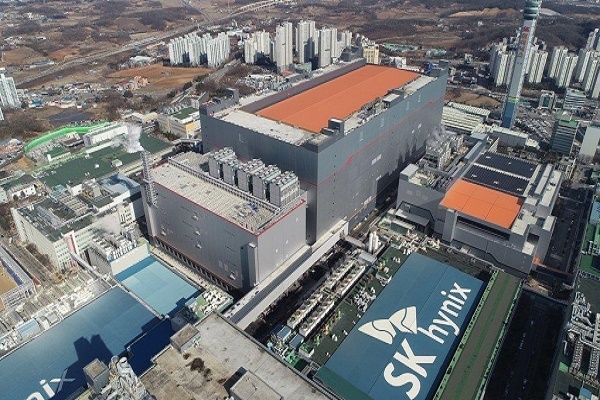





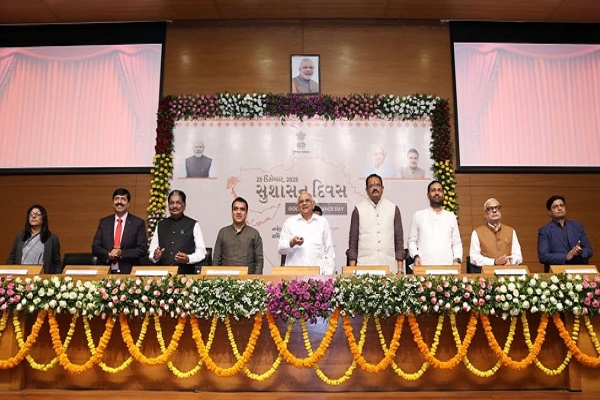
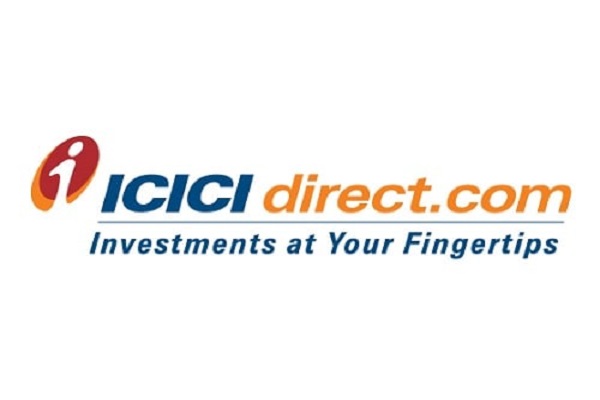

Tag News
More News

Quote on Morning Market Movement 08 July 2025 by Akshay Chinchalkar, Head of Research, Axis ...

